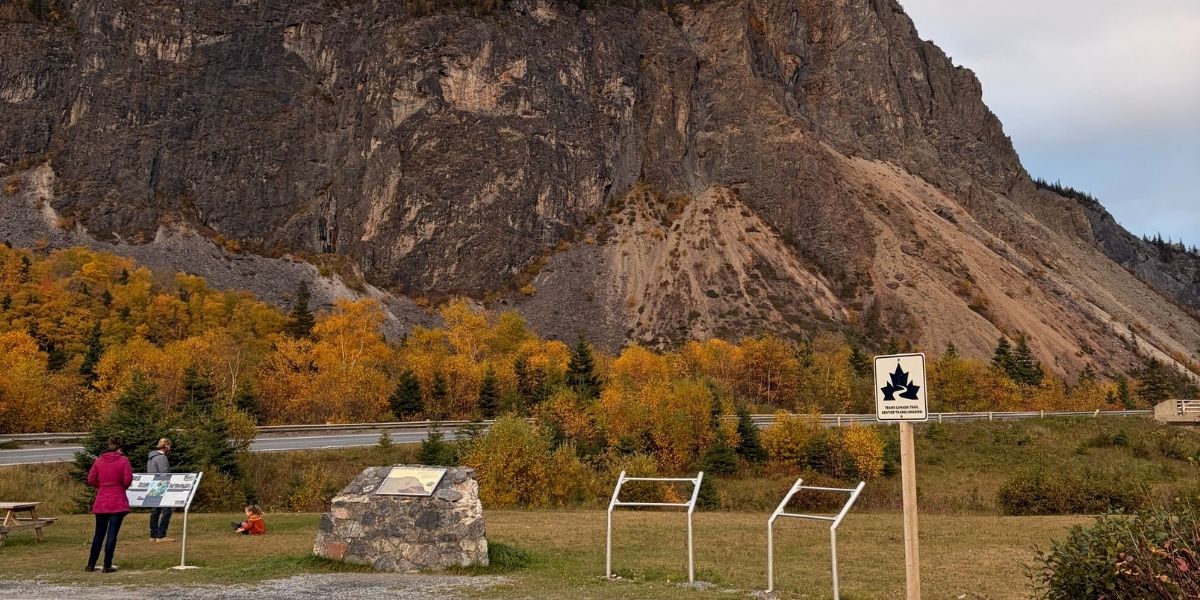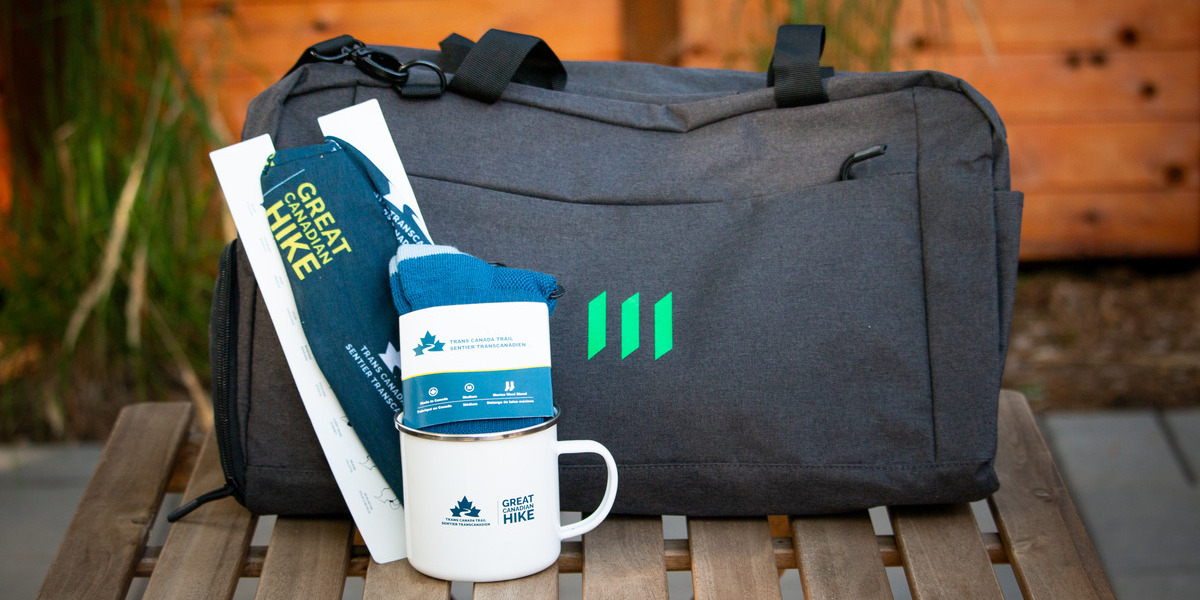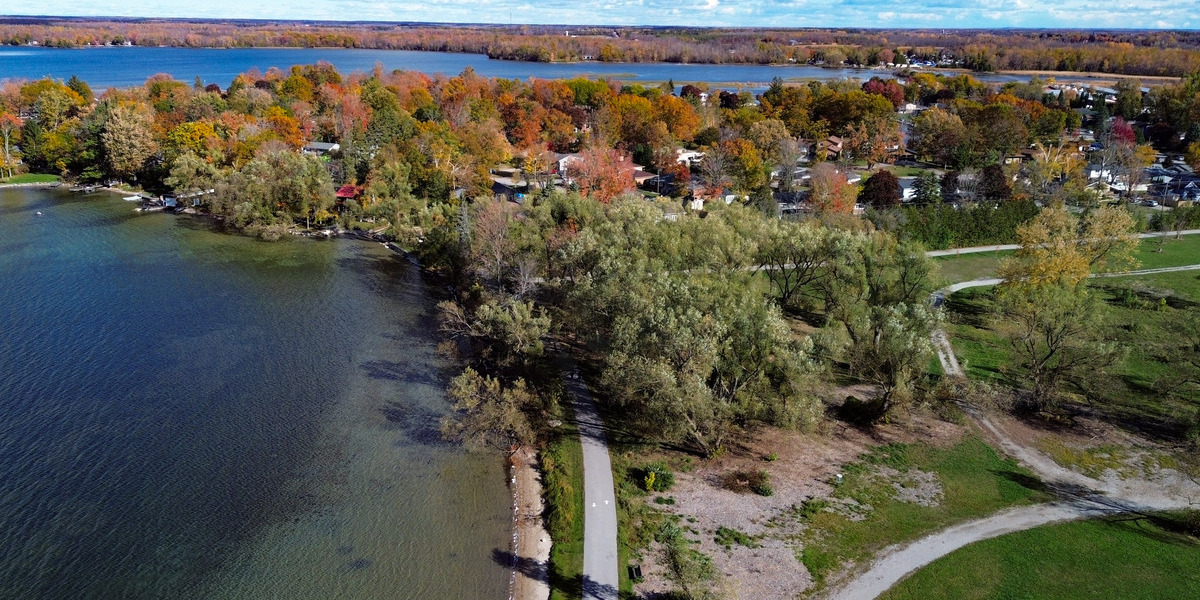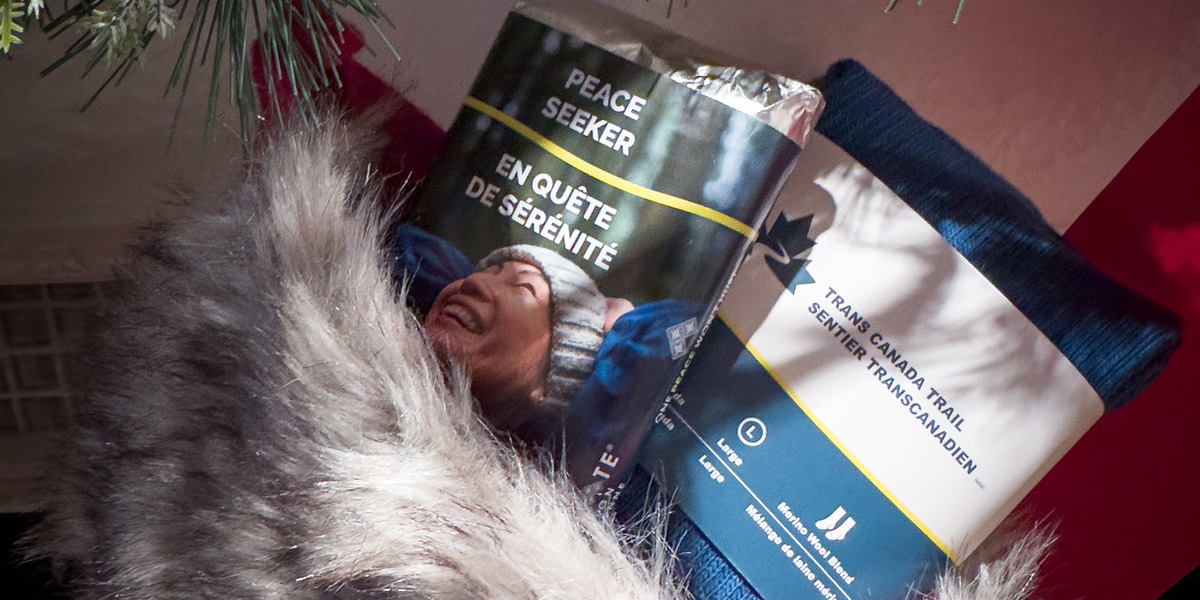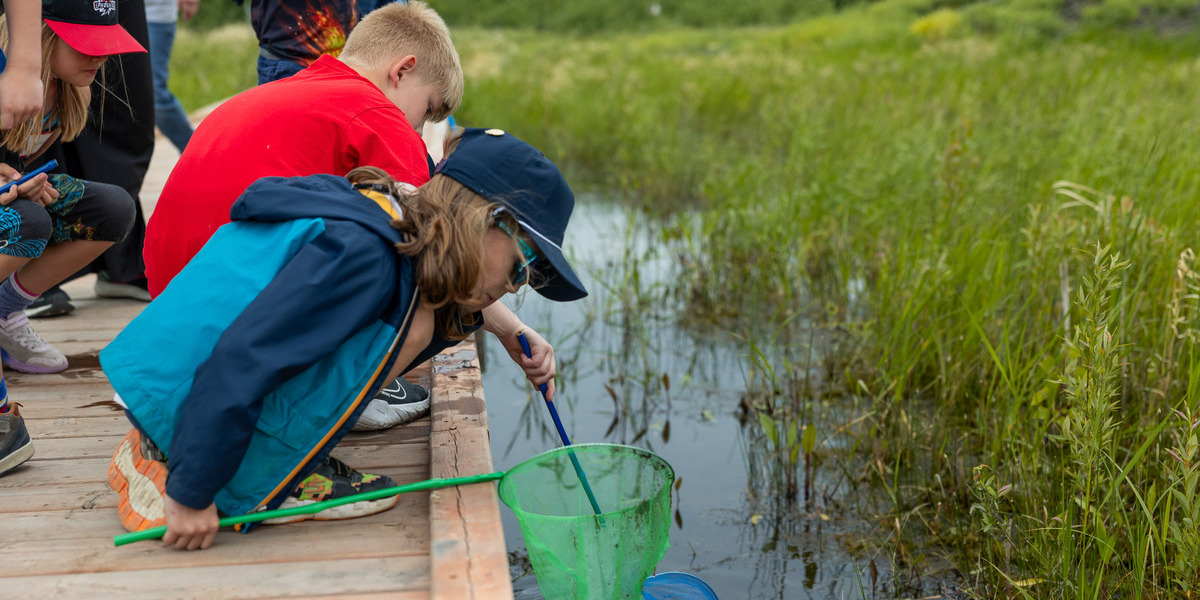Berry Picking Along the
Trans Canada Trail
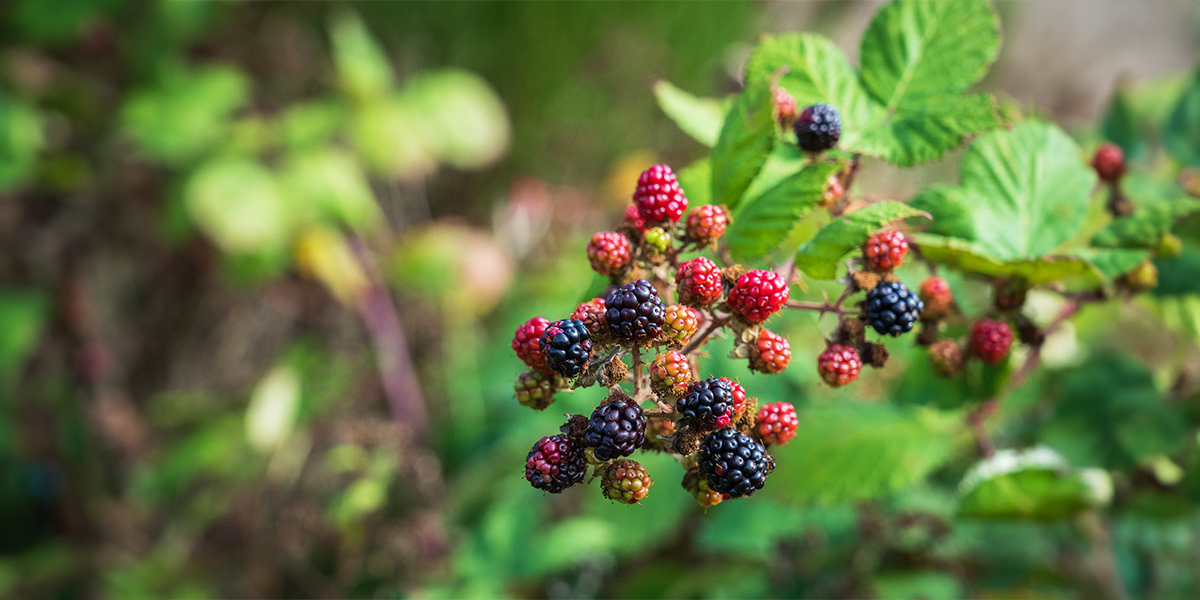
It’s berry season across Canada, and we’re here with a noncomprehensive list of our faves, plus some all-important tips to keep you and your loved ones safe and satiated (with berries).
Wild berries we love
Trans Canada Trail staff members from the Atlantic to the Pacific shared their top berry picks (pun intended), listed below.
Blackberries
Blackberries can be found growing pretty much everywhere in southern British Columbia and Atlantic Canada. Use them in pie and jam, or straight from the bush to your mouth.
Blueberries

Wild blueberries are found across Canada, most commonly in Quebec, New Brunswick, Nova Scotia and Prince Edward Island. Not only are they delicious, they’re also packed with antioxidants and vitamin K, among other benefits.
Cloudberries
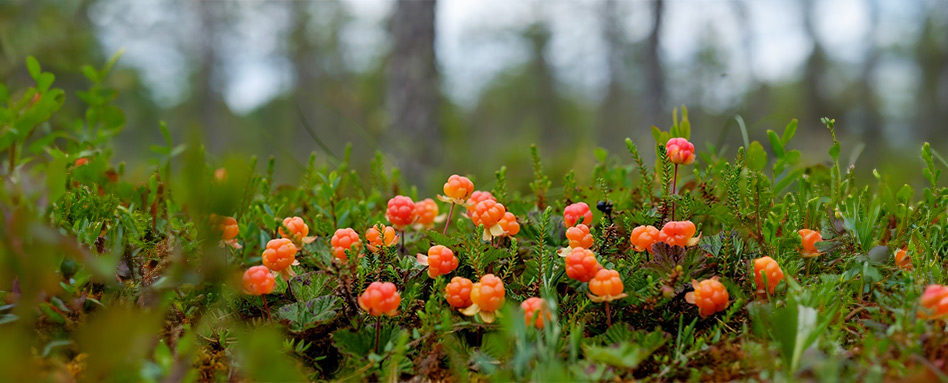
These northern-growing berries are a relative of raspberries and grow most commonly in tundras or bogs. Find them on Quebec’s north coast, and in Nunavut, Northwest Territories, Manitoba, Newfoundland and Labrador (called bakeapples), the Yukon, Saskatchewan and Alberta.
Gooseberries
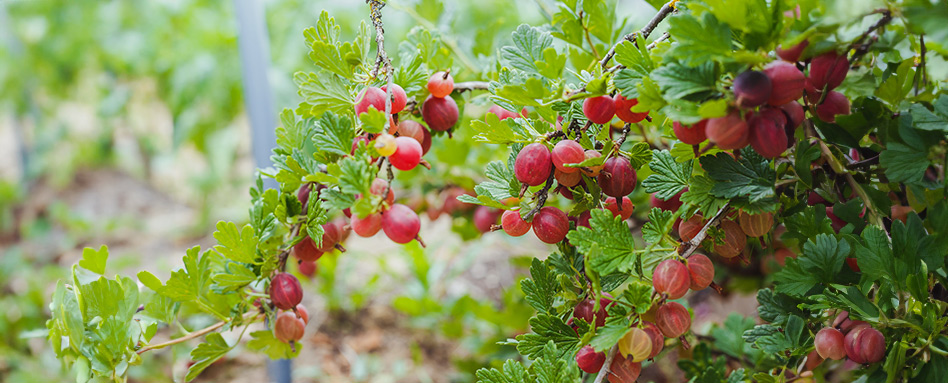
Find gooseberries in most spots except in far northern regions of Canada. They grow on prickly shrubs and are related to currants. Like currants, they’re excellent in jellies and jams.
Raspberries
Wild raspberries can be found across the provinces and territories, along with their relatives, the salmonberry and thimbleberry, which are equally delicious. Eat them fresh, in baked oatmeal, in dessert … they’re pretty much always delicious.
Red huckleberries
A common sight on the coast of British Columbia, red huckleberries grow on shrubs in forested areas. They’re great for making jam and for eating fresh – as you hike!
Saskatoon berries
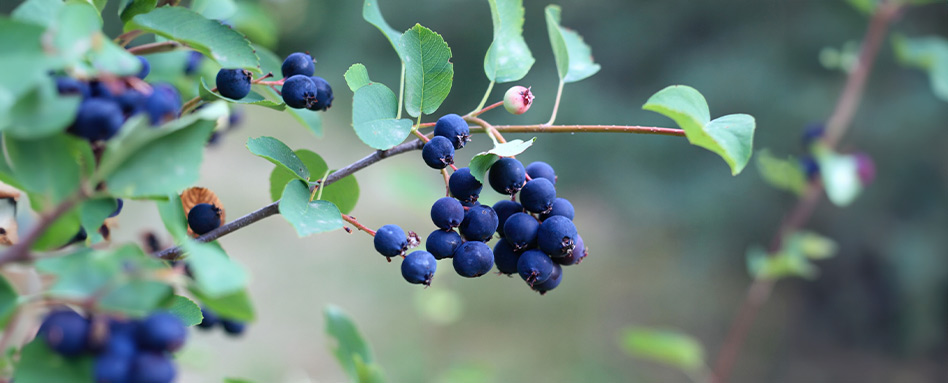
These hardy plants, also known as serviceberries or juneberries, take their name from the Cree word for the fruit. They are used as a key ingredient in the preparation of pemmican. They of course grow in Saskatchewan, and also from Western Ontario to British Columbia, and make a tasty pie filling and are great in scones and muffins.
How to stay safe and respect others
There are a few basic rules when picking wild berries. First and foremost, if you’re not sure of what you’re picking, don’t eat it! While many berries are safe to eat and delicious, many others are poisonous to humans. Plant identification books can be helpful, but overall, err on the side of safety while learning about wild berries; in other words, if you’re not sure, leave it alone.
Secondly, leave fruit for others – both for other humans and for wildlife who rely on berries as part of their diet. As the climate warms, food can be scarce for wildlife in the summer. Take only what you need and don’t pick unripe berries; leave them there for others to enjoy once they’re ready.
Be bear aware
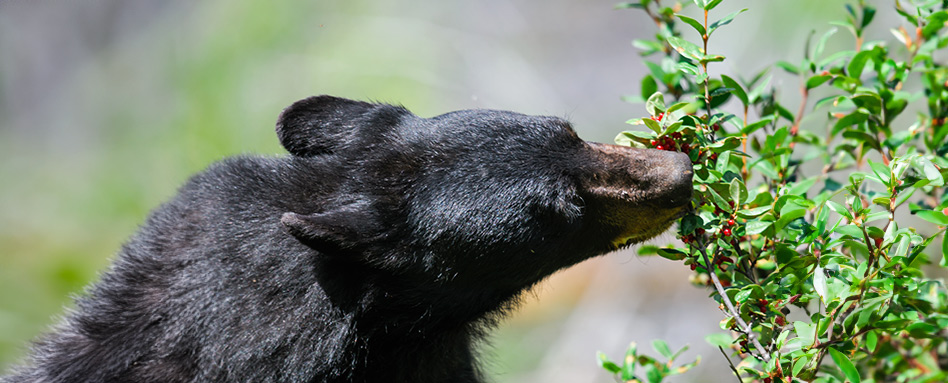
Bears love berries. In some parts of Canada, chances are good that if you’re in an area with a lot of berries to be picked, bears may also be present. Make noise along your route to avoid startling animals, and if you do see bears or other wildlife, keep a wide berth and never get in between a mother and her cubs. If you’re comfortable with using bear spray, consider bringing it along with you. Remember that bears are also often found in trees, so look up!




